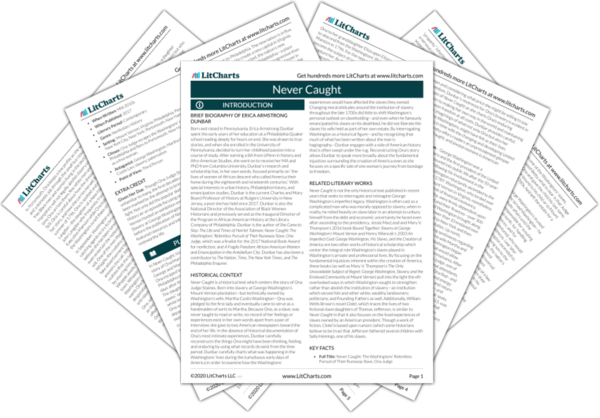This passage introduces clothing as one of the book’s most important symbols. Fine clothes, shoes, and other accessories represent the ways in which enslaved Black men and women fought to place themselves in proximity to freedom by saving, working, and toiling to obtain these emblems of prosperity—knowing all the while that true freedom would likely elude them forever. William Lee, as one of Washington’s most trusted slaves, sought to elevate himself and make his life as dignified as possible—yet Dunbar will go on to show how Lee’s life was, unfortunately, perpetually defined by his enslaved status.
